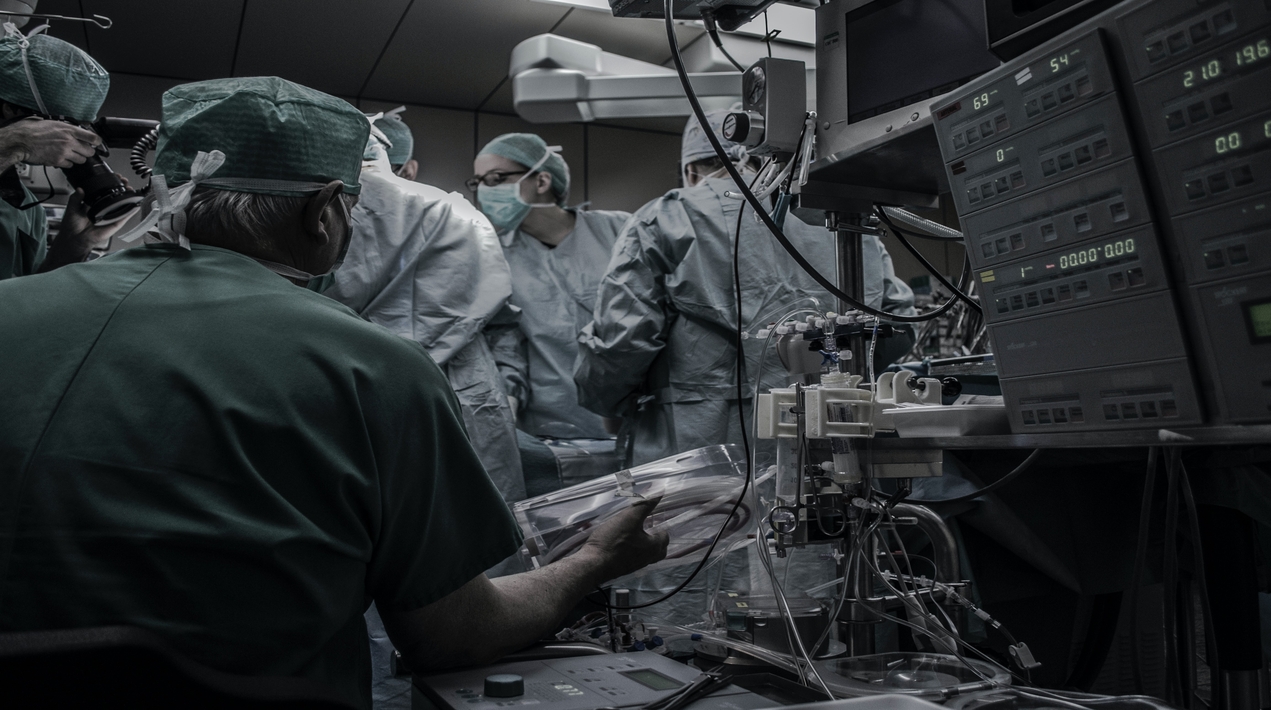
A tech company under the Hong Kong Smart Government Innovation Lab recently announced that it has launched a new solution which is now ready to be acquired by companies and institutions.
Identifying need
Disinfection and sterilisation process to kill bacteria, viruses and microorganisms are essential for surgical tools and healthcare linen before their use for medical procedures. The hospital steam boiler system operates around the clock and supplies steam to meet the sterilising and catering needs of the hospital.
The company’s solution was developed to uphold the performance of the steam boilers during the regular cleaning of fire tubes which is necessary to remove deposit build-up thereby enhancing heat transfer and reducing fuel consumption as well as preventing metal surface from corrosion.
The existing cleaning procedure involves considerable manual handling operations potentially leading to repetitive muscle strain injury and dust inhalation. In addition, the cleaning consistency and the health condition of the fire tube could not be validated readily.
Application Areas
The solution was designed to be applied in the Health sector.
Technologies Used
The system employs the latest in Robotic Process Automation.
Use case
The company has developed an automatic cleaning and inspection solution for the fire tubes system of a steam boiler which can be easily mobilised and applied to boilers of different models and sizes in different hospitals and medical laundries.
The system can process the cleaning and inspection works without manual control by automatic boiler and fire tube positioning. During the tube cleaning process, firetubes deposits are vacuumed simultaneously whereas flaw detection of fire tube is carried out with a non-destructive testing method. The acquired data can be remotely accessed wirelessly. It presents the inspection results in graphical format with condition photos to facilitate the boiler life span estimation.
Growing for robots grows as a result of COVID-19
OpenGov Asia recently reported that the robotics market is projected to grow from US$76.6 billion in 2020 to US$176.8 billion by 2025; it is expected to grow at a Compound Annual Growth Rate (CAGR) of 18.2% from 2020 to 2025.
Collaborative robots are becoming more affordable and easier to program for novice users, leading to the growing demand for collaborative robots across all industry segments. Service robots are increasingly being adopted for new applications due to various advantages such as increased productivity, streamlined processes, and greater workplace safety. The main advantage of using service robots is the reduction in the cost of operation and high ROI.
The COVID-19 pandemic will have a varying impact on different types of industrial and service robots. Traditional industrial robots are expected to be most affected due to a decrease in investments in major industries such as automotive and metals & machinery. However, collaborative robots are not expected to be as affected as this is a growing market and is used in a more diverse set of industries. Service robots are expected to be the least affected.
As drones, AGVs, disinfectant robots, and telepresence robots are now being widely used for applications such as disinfection of premises, monitoring temperature, personal assistance, and for automated delivery, a steady demand for these robots during the pandemic is expected. However, consumer-based service robots will be greatly affected due to the fall in disposable income as a result of the pandemic.
















